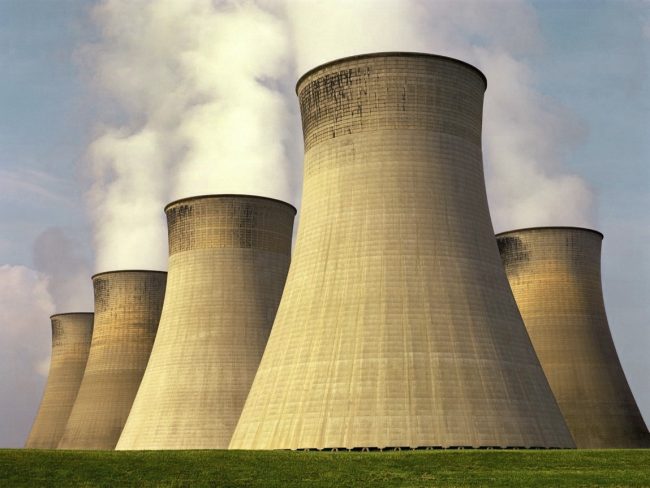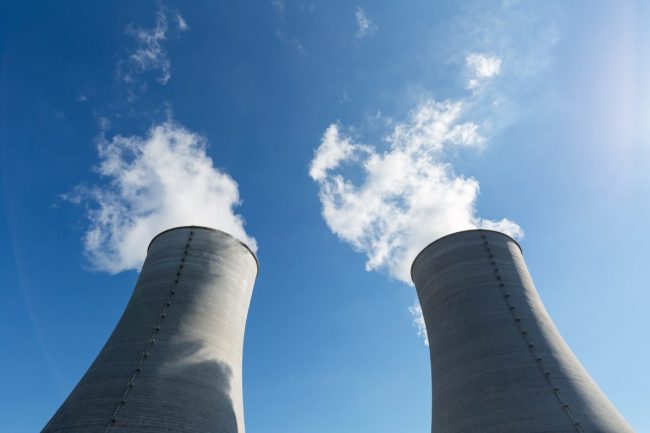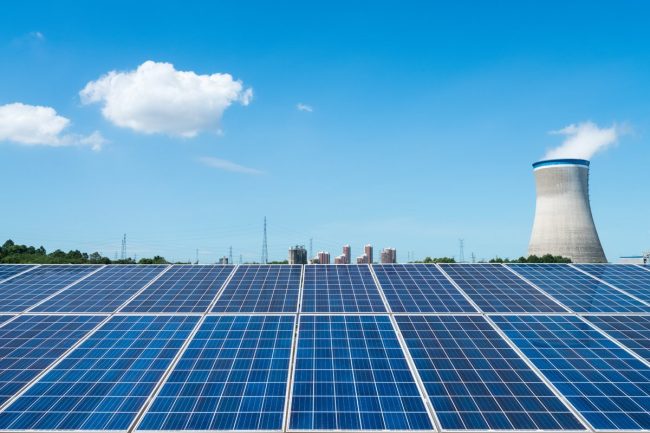The Connection Between Legionnaires’ Disease and Cooling Towers: What Every Facility Manager Should Know
Legionnaires’ disease is a serious form of pneumonia caused by Legionella bacteria. While it can appear in many types of water systems, one of the most frequently identified sources in large outbreaks is the cooling tower. For building owners, HVAC operators, industrial facilities, and public health professionals, understanding this connection is critical — not only…





